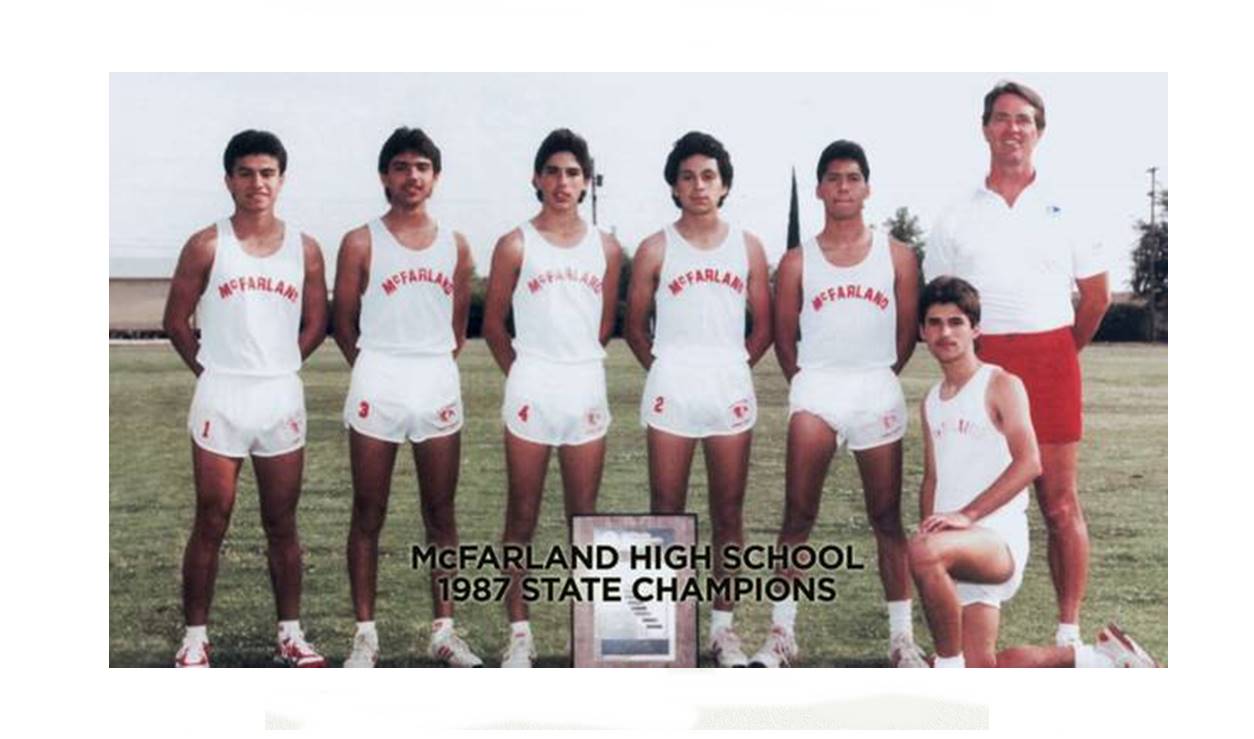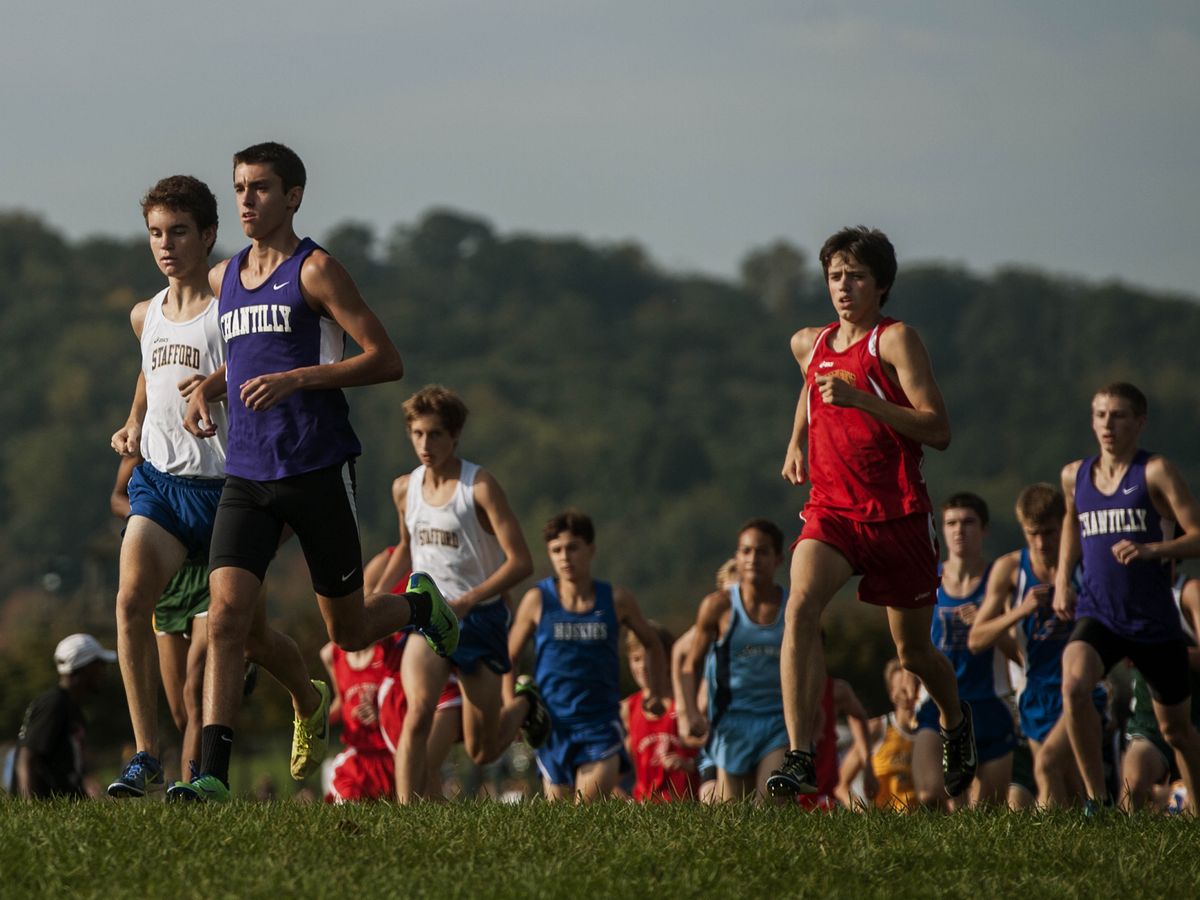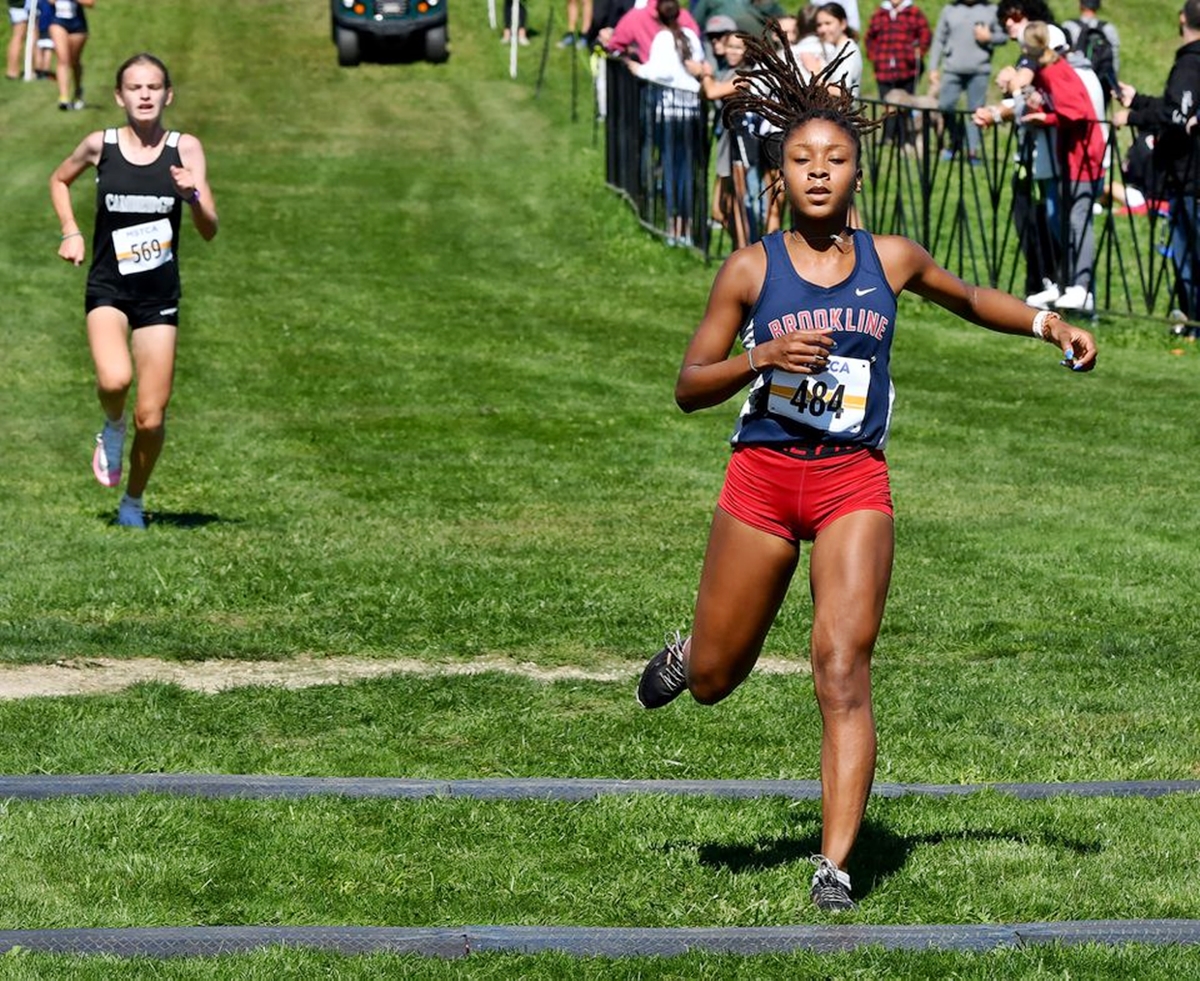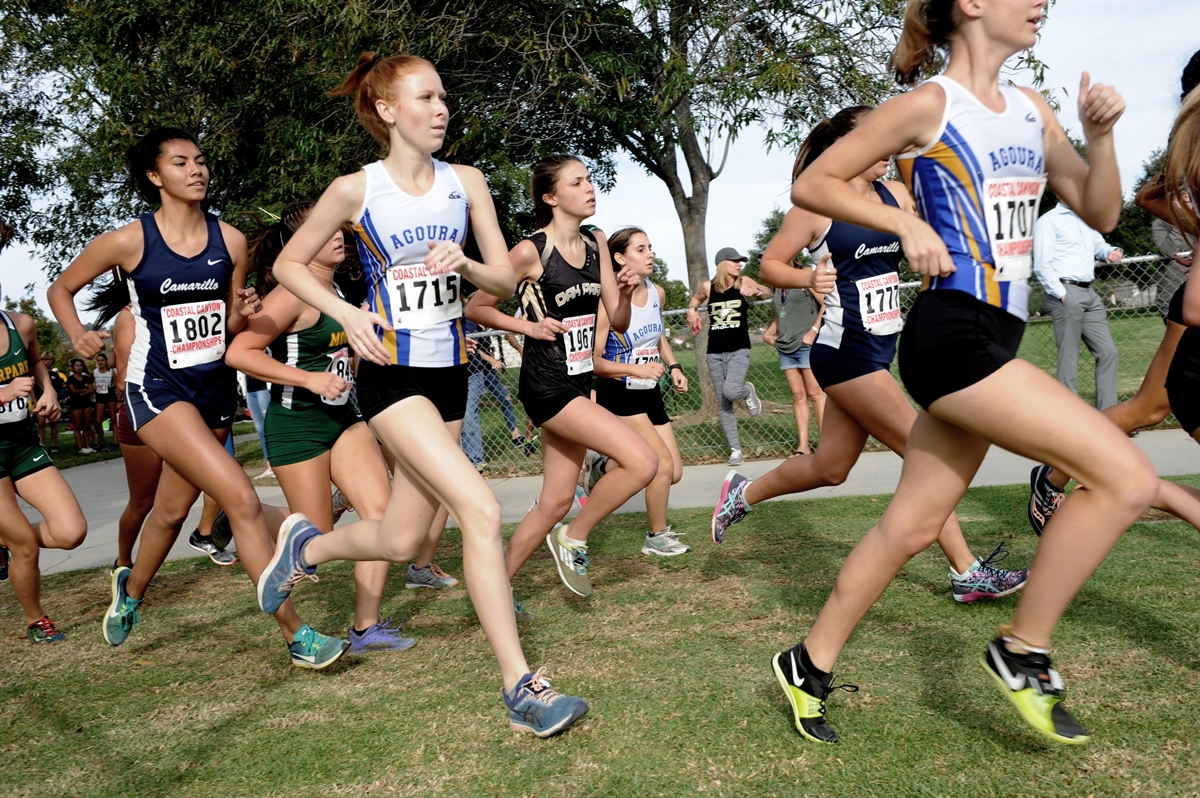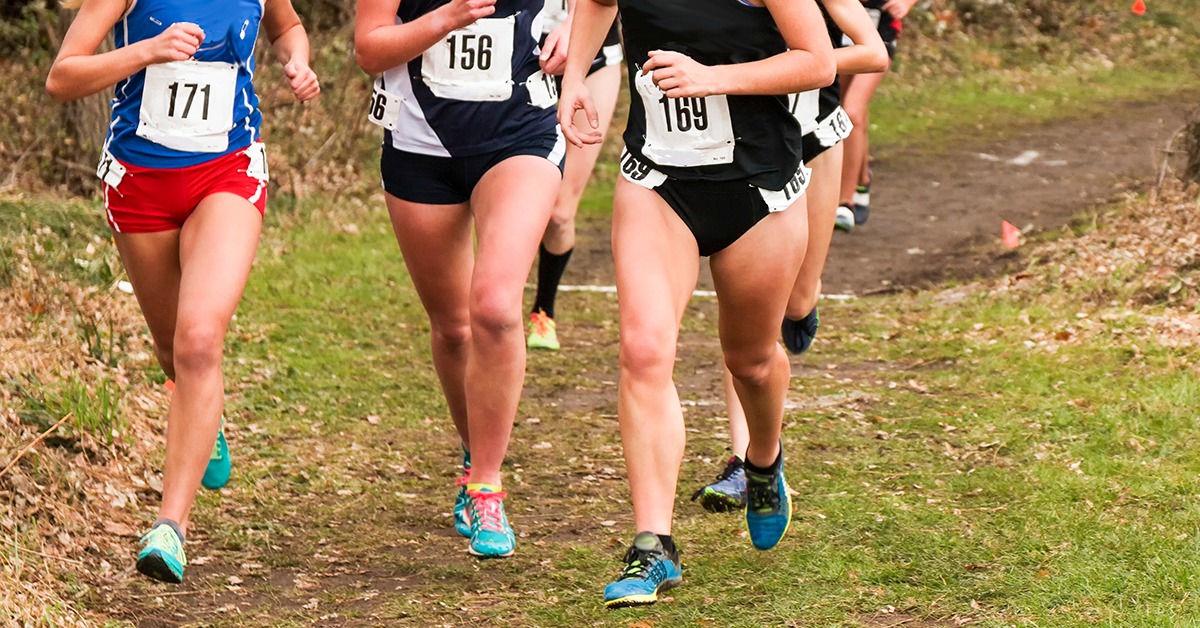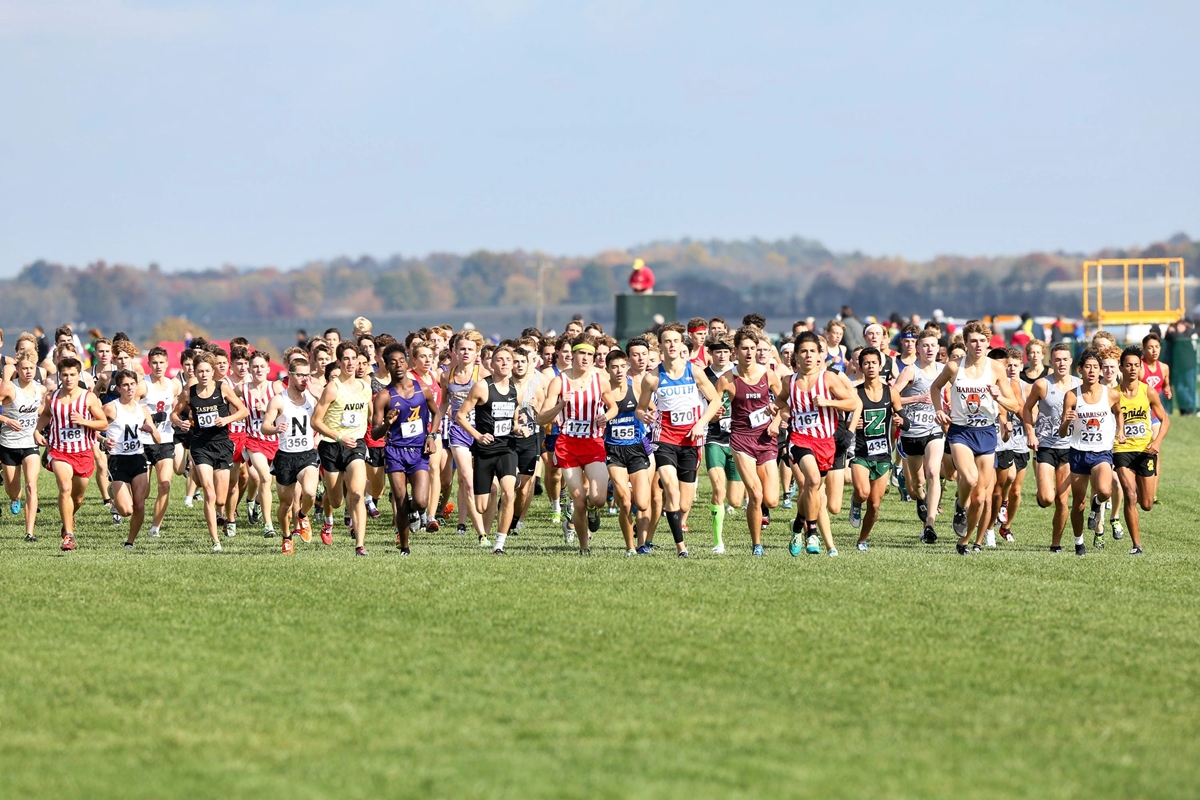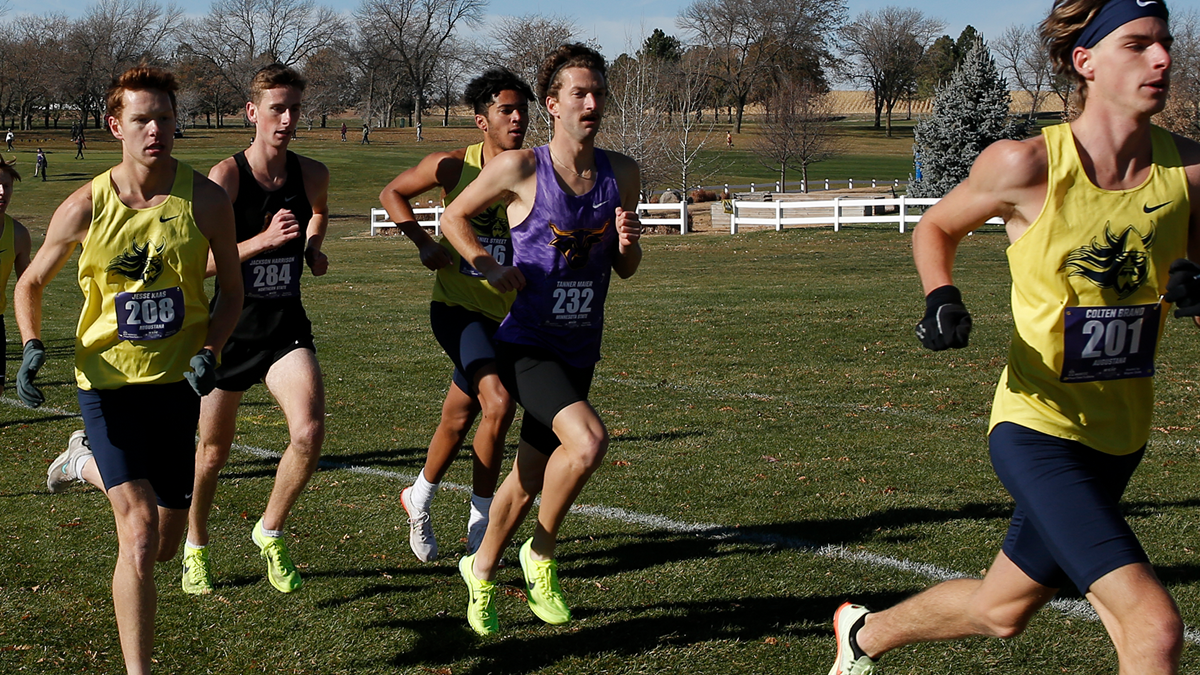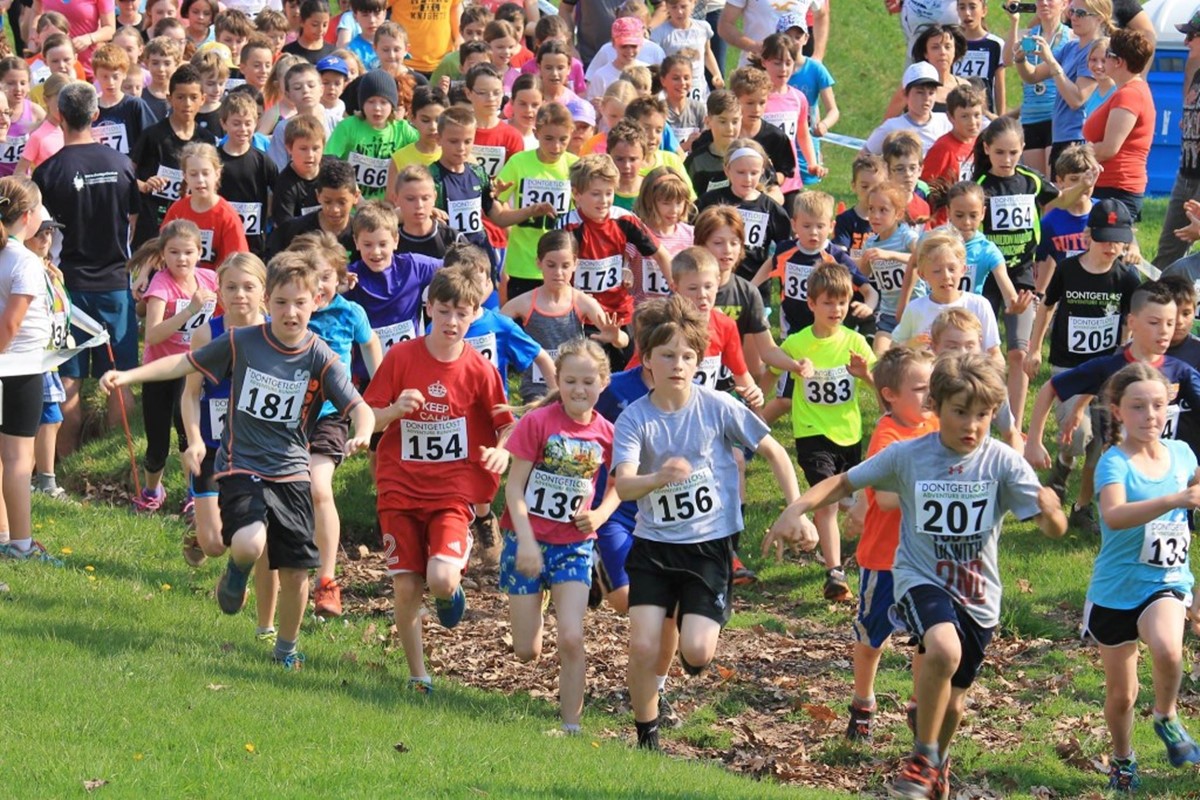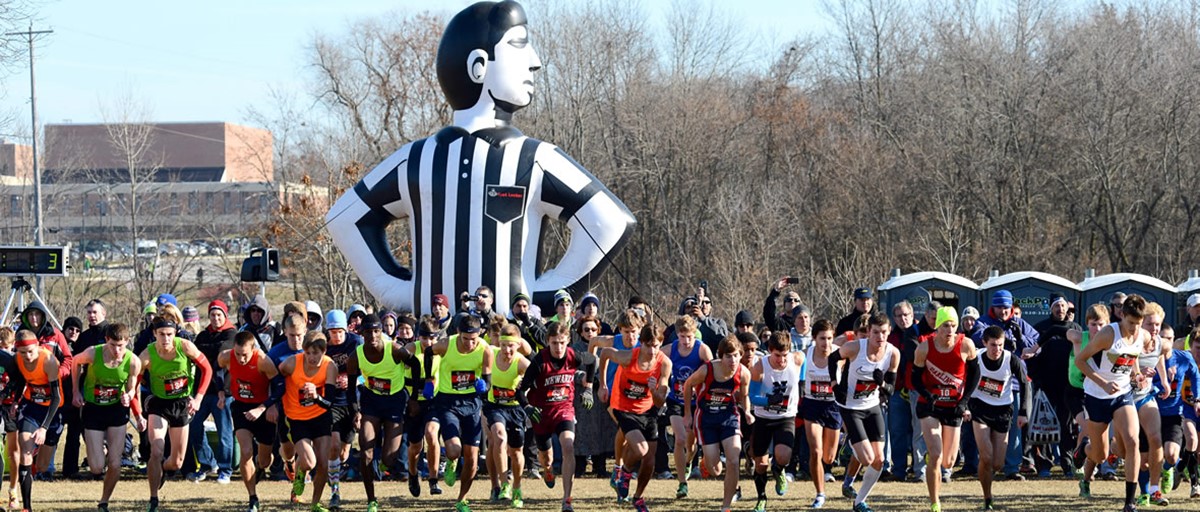Home>Misc>Featured>How Long Is A High School Cross Country Race?
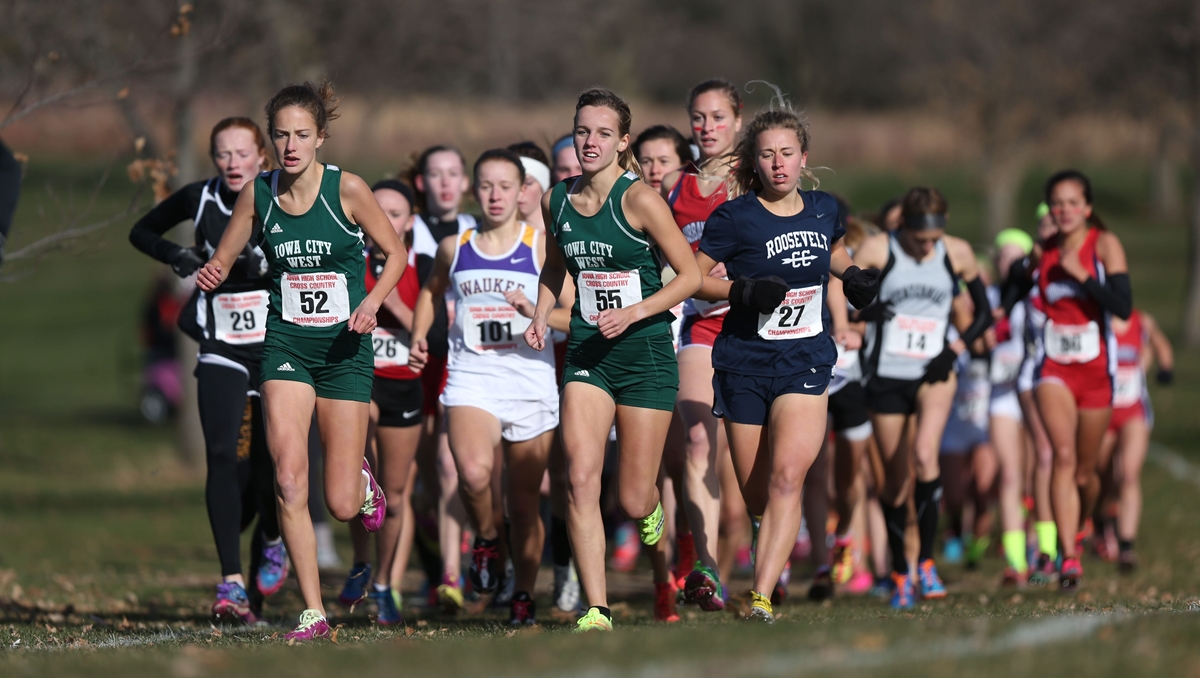

Featured
How Long Is A High School Cross Country Race?
Modified: January 22, 2024
Discover the length of a high school cross country race in this featured article. Uncover the distance covered by these exhilarating races.
Introduction
Welcome to the exciting world of high school cross country racing! If you’re new to this sport, you might have some questions about how long the races are and what factors can affect their length. In this article, we will explore the ins and outs of high school cross country racing, from understanding the sport to preparing for these challenging races.
Cross country racing is a unique and demanding athletic discipline that combines endurance, speed, and strategy. Runners test their physical and mental limits as they traverse a variety of terrains, including grass, trails, and sometimes even pavement. It’s a sport that requires discipline, determination, and a love for running.
One of the first questions that often comes to mind is, “How long is a high school cross country race?” The answer can vary depending on a few factors, which we will dive into shortly. But before we get into the specifics, it’s important to understand the significance of race length in cross country.
Distance plays a crucial role in determining the strategies runners employ during a race. Whether it’s a shorter sprint-like course or a longer endurance-focused race, the distance directly impacts the pace, training methods, and overall approach of the runners. Additionally, the distance of the race can vary regionally and even between different levels of competition within a region.
In the following sections, we will explore the factors that can affect the length of a cross country race, the average distances for high school cross country races, and how these distances can vary across different regions and states. We will also discuss the importance of distance in training and provide some strategies to help you prepare for these exhilarating and challenging races. So, without further ado, let’s dive into the world of high school cross country racing!
Understanding Cross Country Racing
Cross country racing is a sport that dates back to the early 19th century and has since gained widespread popularity around the world. In cross country races, runners compete on natural terrain, such as fields, trails, and sometimes even hills. This sport challenges athletes both mentally and physically, pushing them to their limits.
One of the defining characteristics of cross country racing is its distance. Unlike track and field events that are held on a circular or oval track, cross country races take place on varying courses with diverse terrains. The distance of these races can range from as short as 2 miles (3.2 kilometers) to as long as 6.2 miles (10 kilometers) for high school competitions.
These races often take runners through a variety of landscapes, including open fields, wooded trails, and even streams or rivers. This diversity makes cross country racing an exciting and unpredictable sport, as runners must adapt to different surfaces and conditions.
Another notable aspect of cross country racing is the team element. While individual performances are important, teams compete against one another in a points-based scoring system. The scores of the top runners from each team are combined to determine the team’s overall performance. This team dynamic adds an extra layer of strategy and camaraderie to the sport.
Furthermore, cross country races are typically conducted in the fall, making it a great sport for high school athletes to participate in during the off-season of other sports. It offers a chance for runners to maintain their endurance and stay active while also enjoying the benefits of being part of a team.
As with any sport, cross country racing requires proper training and preparation. Runners need to develop not only their cardiovascular endurance but also strength and flexibility to navigate the often challenging terrain. This entails incorporating a mix of distance runs, speed work, strength training, and cross-training activities into their training regimen.
Overall, cross country racing is a sport that showcases the spirit of endurance, teamwork, and the joy of running. It’s a sport where athletes push themselves mentally and physically, conquering obstacles on the course and forming lifelong bonds with their teammates. In the following sections, we will explore the factors that can affect the length of high school cross country races and delve into the average distances you can expect to face as a cross country runner.
Factors Affecting Race Length
When it comes to determining the length of a high school cross country race, several factors come into play. These factors can vary depending on the governing body or organization overseeing the races and the geographical location. Let’s explore some of the key factors that can affect the length of a cross country race.
1. Level of Competition: The length of cross country races can differ based on the level of competition. Races for junior varsity runners may be shorter compared to varsity races. This allows athletes to gradually progress and develop their skills as they move up to higher levels of competition.
2. Age Group: Age can also be a determining factor. In some cases, races for younger age groups, such as middle schoolers, may have shorter distances compared to high school races. This takes into consideration the varying abilities and endurance levels of different age groups.
3. Terrain and Course Layout: The nature of the course can greatly impact the race length. Courses with more inclines, obstacles, or challenging terrain may be shorter to account for the increased difficulty. On the other hand, flat courses may allow for longer distances to be covered.
4. Time Constraints: The available time for races can also impact their length. Organizers may need to consider factors such as daylight hours, scheduling limitations, and the overall event duration when determining the race distance.
5. Local Regulations: Local regulations and guidelines may also influence the length of cross country races. Some regions or governing bodies may have specific rules or standards regarding race distances that must be adhered to for consistency and fairness.
It’s important to keep in mind that these factors can vary from one organization or region to another. Therefore, it’s recommended to consult the specific rules and guidelines in your area to determine the exact race lengths for high school cross country events.
Understanding the factors that can affect the length of cross country races allows athletes to better prepare themselves physically and mentally. It enables them to align their training strategies with the specific demands of their race distance, whether it be shorter sprints or longer endurance-focused runs. Next, we will delve into the average distances for high school cross country races across different regions.
Average Distance for High School Cross Country Races
Across the United States, high school cross country race distances generally fall within a specific range. While there can be slight variations based on regional preferences and governing bodies, the average distance for high school cross country races is typically between 2.5 miles (4 kilometers) and 3.1 miles (5 kilometers).
The most common race distance for high school cross country events is 5 kilometers (3.1 miles). This distance is often referred to as a “5K” and is the same distance used for many adult road races and collegiate cross country meets. The 5K distance provides a challenging yet attainable goal for high school runners, requiring a balance of speed, endurance, and tactical racing strategies.
However, it’s worth noting that not all high school cross country races are set at the 5K distance. In some cases, races for younger athletes, such as middle schoolers, may have shorter distances. This allows them to gradually build their endurance and skills as they progress through the education system.
Additionally, regional variations within the United States can influence race distances. Some regions may opt for slightly shorter distances, such as 2.5 miles, while others may extend the race to around 3.1 miles or even longer. These variations can be influenced by factors such as geographical terrain, local traditions, and the preferences of the governing bodies overseeing the races.
It’s important for high school cross country athletes to familiarize themselves with the specific race distances in their region. This information can be obtained from their coaches, athletic departments, or by referencing guidelines set by governing bodies like the National Federation of State High School Associations (NFHS).
Understanding the average distance for high school cross country races allows athletes to better plan their training, pacing, and overall race strategies. It also helps coaches develop appropriate training programs tailored to the specific distances their athletes will be competing in.
In the next section, we will dive into the variations in race distances that can be found across different regions and states, highlighting the unique challenges and opportunities that come with competing in cross country at the high school level.
Regional and State Variations
When it comes to high school cross country races, there can be significant variations in race distances across different regions and states. These variations are influenced by factors such as geography, climate, traditions, and the guidelines set by regional governing bodies.
One factor that can influence race distances is the geographical terrain. Regions with more challenging terrain, such as hilly or mountainous areas, may opt for shorter race distances to account for the increased difficulty. On the other hand, regions with flatter terrain may lean towards longer distances to offer a different set of challenges for the athletes.
Climate is another consideration. In regions with harsher or extreme weather conditions, such as colder winters or hotter summers, race distances may be adjusted to ensure the safety and well-being of the runners. Shorter distances may be implemented during extremely hot or cold months, while longer distances can be scheduled during milder seasons.
Traditions and historical practices also play a role in determining race distances. Some regions may have established traditions of hosting races with specific distances, and these traditions are passed down from generation to generation. These distances can become part of the local cross country culture and add a unique flavor to the races in those regions.
The governing bodies overseeing high school sports in each state or region also contribute to the variations in race distances. These governing bodies often set guidelines and establish standardized race distances for their respective areas. These guidelines ensure consistency and fairness in competition across schools and districts within a specific region.
It’s worth noting that state championships or regional competitions may have their own rules regarding race distances. These events often bring together top athletes from various schools and districts, and the distances selected for these competitions are typically set to challenge and showcase the best talent in the region.
As high school athletes and coaches navigate through the cross country season, it’s essential to familiarize themselves with the race distance variations in their region or state. This knowledge allows teams to plan their training and strategies accordingly, ensuring they are well-prepared for the distances they will encounter during competition.
Understanding the regional and state variations in race distances adds excitement and diversity to the high school cross country experience. It offers the opportunity for athletes to adapt to different challenges, try new strategies, and compete in different environments, making each race a unique and memorable experience.
In the next section, we will explore the importance of race distance in training and discuss how athletes can effectively prepare for their high school cross country races.
Importance of Distance in Training
The distance of a high school cross country race plays a crucial role in training and preparation. Understanding and incorporating the race distance into training plans is essential for athletes to optimize their performance on race day.
First and foremost, training for the specific race distance allows athletes to develop the necessary endurance to sustain their pace throughout the entire race. Long-distance runs, also known as LSD (Long Slow Distance) runs, are a key component of training for cross country. These runs help build cardiovascular fitness, increase aerobic capacity, and improve the body’s ability to utilize oxygen efficiently.
It’s important for athletes to gradually increase the distance of their training runs to match the race distance they will be competing in. Gradual progression allows the body to adapt and become accustomed to the demands of the longer distance, reducing the risk of injury and overexertion.
Training at the race distance also enables athletes to develop a sense of pacing and strategy. By regularly practicing at the specific race distance, runners become more familiar with their target times, splits, and perceived effort levels. This allows them to better gauge their pacing during the race and make strategic decisions on when to push or conserve energy.
Incorporating interval training and speed work specific to the race distance is another crucial aspect. This helps athletes improve their anaerobic fitness, speed, and overall race performance. Focusing on shorter bursts of intense effort during training helps simulate the demands of the race and enhances the runner’s ability to maintain a fast pace for a sustained period.
When it comes to training for shorter race distances, such as 2.5 miles, runners can incorporate more speed-focused workouts like mile repeats and shorter interval sprints. Alternatively, training for longer distances, such as the 5K, may involve longer tempo runs, steady-state runs, and hill workouts to build endurance and strength.
Lastly, training for the race distance allows athletes to mentally prepare and gain confidence in their abilities. As runners complete training runs that mirror the race distance, they develop a sense of familiarity and belief in their capacity to tackle the challenge. This mental fortitude is crucial when pushing through the inevitable fatigue and discomfort that arises during a race.
Overall, incorporating the race distance into training is essential for high school cross country athletes. By focusing on endurance, pacing, and specific speed work related to the race distance, runners can effectively prepare their bodies and minds for the demands of the competition.
In the next section, we will discuss some strategies and tips to help athletes prepare for their high school cross country races and perform at their best.
Strategies for Preparing for High School Cross Country Races
Preparing for high school cross country races requires a combination of physical training, mental preparation, and smart race-day strategies. Here are some tips and strategies to help athletes perform at their best:
1. Follow a Structured Training Plan: Work with your coach to develop a training plan that includes a mix of mileage runs, speed workouts, strength training, and recovery days. Consistency and gradual progression are key to building endurance and improving performance.
2. Incorporate Cross-Training: Supplement your running with cross-training activities such as swimming, cycling, or strength training. This helps develop overall fitness, prevents overuse injuries, and improves muscular strength and balance.
3. Practice Race-Specific Workouts: Incorporate interval training and tempo runs that simulate the demands of the race distance. This helps improve speed, endurance, and race pacing, allowing you to develop a rhythm and build confidence for race day.
4. Work on Mental Toughness: Cross country races can be mentally challenging. Practice visualization techniques, positive self-talk, and mental imagery to stay focused and motivated during tough parts of the race.
5. Nutrition and Hydration: Pay attention to your diet and stay properly hydrated throughout training and on race day. Fuel your body with nutritious foods, and experiment with pre-race and mid-race fueling strategies to find what works best for you.
6. Familiarize Yourself with the Course: If possible, preview the race course before race day. Study the terrain, note any challenging sections, and strategize how to approach them during the race. This can help you mentally prepare and optimize your race plan.
7. Practice Race-Day Situations: Incorporate simulation workouts where you practice fueling, pacing, and race strategies. This helps you become comfortable with race-day scenarios and builds confidence in your ability to execute your plan.
8. Listen to Your Body: Pay attention to any signs of overtraining or injuries. Rest and recovery are just as important as training. If you feel fatigued or notice any pain, discuss it with your coach or seek medical advice to prevent further issues.
9. Set Realistic Goals: Set both short-term and long-term goals for your cross country season. These goals should be specific, measurable, achievable, relevant, and time-bound (SMART). Having goals gives you something to work towards and helps you stay motivated throughout the season.
10. Enjoy the Journey: Cross country is not just about race day; it’s about the entire experience. Embrace the camaraderie and team spirit, celebrate the small victories, and enjoy the process of improving and pushing your limits as a runner.
By following these strategies and tips, high school cross country athletes can maximize their performance and achieve their goals on race day. Remember to trust in your training, embrace the challenges, and have confidence in yourself. Good luck!
Conclusion
High school cross country racing is a thrilling and challenging sport that combines endurance, strategy, and teamwork. Understanding the factors that impact race length, the average distances for high school races, and the variations across regions and states is essential for athletes and coaches alike. By incorporating the race distance into training plans and following race-specific strategies, athletes can optimize their performance and excel on race day.
Training for the specific race distance allows athletes to develop the necessary endurance, pacing, and mental toughness required to succeed. It’s important to follow a structured training plan, incorporate cross-training, and focus on both physical and mental preparation. Paying attention to nutrition, hydration, and familiarity with the race course are also important components of race preparation.
While the specific race distances may vary, the passion, grit, and determination required for high school cross country racing remain constant. Athletes who commit themselves to consistent training, proper preparation, and a positive mindset will reap the rewards of their hard work.
So, lace up your running shoes, embrace the challenges, and enjoy the journey of high school cross country racing. It’s a sport that will test your limits, forge lasting friendships, and leave you with a sense of accomplishment like no other. Whether you’re sprinting across the finish line of a 2.5-mile race or pushing through the final meters of a 5K, remember to give it your all and savor every step along the way.
